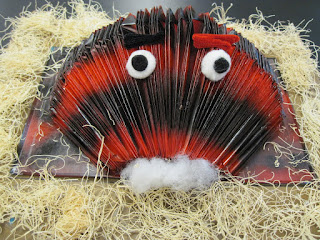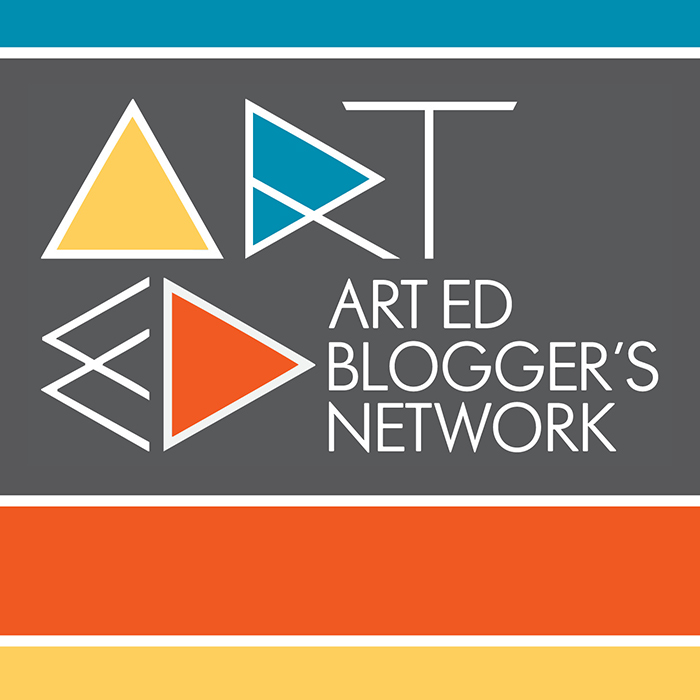So today's post is a little reminder about what is and what is NOT a lesson plan. "How-to" instructions and lists of materials are NOT lesson plans. A lesson plan will usually outline objectives, using whatever jargon is appropriate. It might be that your objectives are written as Essential Questions and Student Outcomes, or Big Ideas, or SWK (student will know) statements, etc. It might include Anticipatory Sets, Guided Practice, and so on. You may need to include the Standards being addressed in the lesson. There are many formats for writing lesson plans; a lot may depend on your education and training, the philosophy of the school district where you teach, and so on.
So, when you see a post of an interesting project by me, or by someone else, and you are intrigued and would like to try it out, think about what you are asking for. I will gladly give you my instructions, a "how-to", but I will NOT give you my lesson plan, because your lesson plan should be unique to your situation. Plus, if I give you my lesson plan, I'll feel like I'm doing your job for you. And I don't want to.
For example: I recently posted tooling foil samples. Many people asked me for my lesson plan. I gladly gave instructions, via some videos, some photos and text, and even a Google doc. But none of those things were lesson plans. What might my lesson plan have been? My lesson objectives are individual to me and my unique needs, according to my teaching philosophy, my schedule, my student body makeup, and so on. Perhaps my objective is for my students to learn to use tooling foil with appropriate tools to achieve deep relief. Perhaps there's an expectation for my students to learn the vocabulary of working with tooling foil. Perhaps the objective is to use the medium of tooling foil to create masks that share various characteristics used in African masks, like symmetry, use of geometric shapes, exaggeration, and decorative pattern. Perhaps the objective is to discover how tooling foil can be used in a collage, whether as an animal, a robot, or whatever. Perhaps the objective is to use the foil to explore the tooled metal folk art of various cultures from around the world. Do you get my point?
And maybe there will be, in your situation, a written companion piece to the art-making project. Perhaps your lesson plan will include how an objective about completing the piece for display. Maybe there will be a critique element to your lesson plan.
Lots of times, I see projects that seem to exist for the fun of the project, and nothing more. In my current business teaching after school art to kids who simply want more art-making time, this is absolutely OK. If anyone were to ask for my objective, it would simply be for my students to explore various materials, and have a positive art-making experience. But that might not be enough in your school.
By the way, if you want some instructions for any of the projects pictured in this post, please feel free to ask. Just don't ask for my lesson plan!





















































